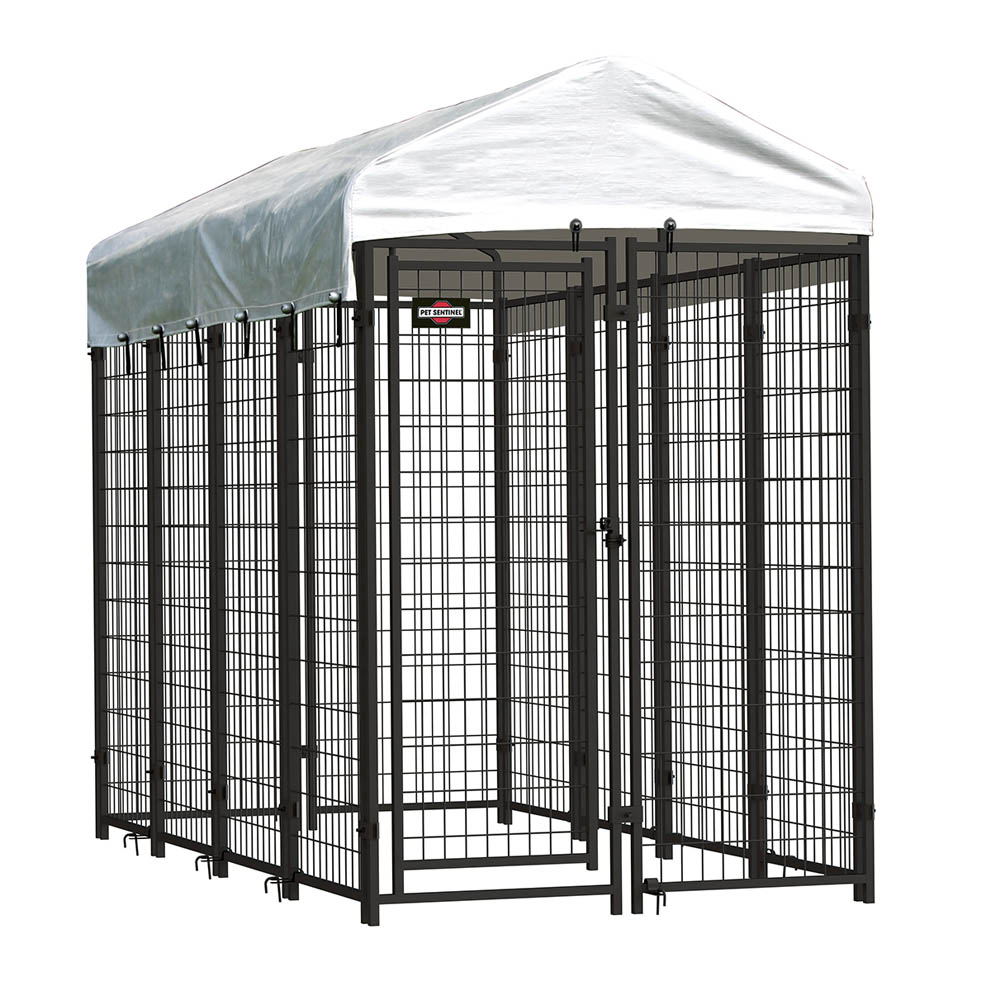hot dip gi wire
Nov . 14, 2024 10:41
Understanding Hot Dip Galvanized (GI) Wire Benefits and Applications
Hot dip galvanized (GI) wire is a type of wire that is coated with a layer of zinc through a hot dip galvanization process. This method of coating provides excellent corrosion resistance, making it an ideal material for various applications, especially in industries where exposure to harsh environmental conditions is a concern. In this article, we will explore what hot dip galvanized wire is, the process of its production, its benefits, and its applications in different sectors.
What is Hot Dip Galvanized Wire?
Hot dip galvanized wire is typically made from steel wire that undergoes a galvanization process. In this process, the wire is immersed in molten zinc, allowing the zinc to bond with the steel, resulting in a robust, corrosion-resistant coating. The thickness of the zinc layer can vary based on the specific requirements of the application, but it generally provides enhanced durability compared to other galvanization methods such as electro-galvanization.
The Production Process
The process begins with the preparation of the steel wire, which is usually cleaned to remove any surface contaminants that could impede the bonding of zinc. This cleaning typically involves processes such as pickling in acid solutions, followed by rinsing and drying. Once the wire is prepared, it is dipped into a bath of molten zinc, where the coating adheres to the steel. After the wire is removed from the bath, it is cooled, allowing the zinc to solidify and create a strong bond.
The result is a product that combines the tensile strength of steel with the protective qualities of zinc, making it suitable for a wide range of applications.
Benefits of Hot Dip Galvanized Wire
1. Corrosion Resistance The primary advantage of hot dip galvanized wire is its excellent resistance to corrosion. The zinc layer provides a protective barrier against moisture, air, and other environmental elements that can lead to rust and degradation of the steel underneath.
hot dip gi wire

2. Durability Hot dip galvanized wire is significantly more durable than non-coated alternatives. This longevity translates to lower replacement and maintenance costs over time, making it a cost-effective choice for consumers and businesses alike.
3. Versatility This type of wire can be used in various applications, from agriculture and construction to industrial manufacturing. Its versatility is one of the reasons it is favored across multiple industries.
4. Aesthetic Appeal The zinc coating not only serves a functional purpose but also gives the wire a clean, shiny appearance. This can be particularly appealing in applications where visibility and appearance are essential.
5. Environmental Resistance Hot dip galvanized wire can withstand extreme weather conditions, including rain, snow, and UV radiation, contributing to its extended lifespan.
Applications of Hot Dip Galvanized Wire
Hot dip galvanized wire finds extensive usage in numerous fields
- Agriculture It is commonly used for fencing and support structures in farming, providing robust solutions that withstand the rigors of outdoor conditions. - Construction In construction, galvanized wire is utilized for reinforced concrete and as part of suspension cables and other load-bearing structures. - Manufacturing The wire is also employed in the manufacturing of products such as wire mesh, which is used in fencing, security, and building materials. - Art and Decoration Due to its aesthetic qualities, hot dip galvanized wire is often utilized in artistic projects, home decor, and landscaping.
In conclusion, hot dip galvanized (GI) wire is a highly beneficial material that offers a combination of strength, durability, and resistance to corrosion. Its production process ensures a long-lasting product that meets the diverse needs of various industries. Whether used in agricultural, construction, or manufacturing applications, hot dip galvanized wire proves to be a reliable choice for professionals and consumers seeking quality and longevity in their materials.




















